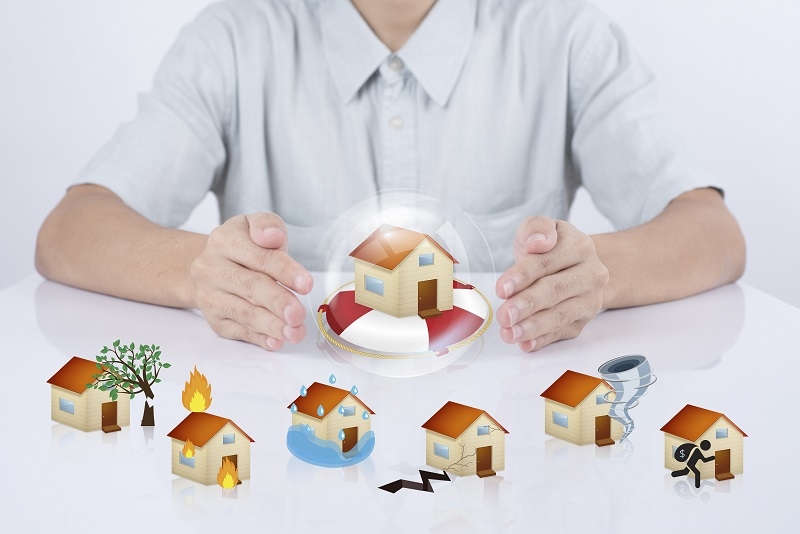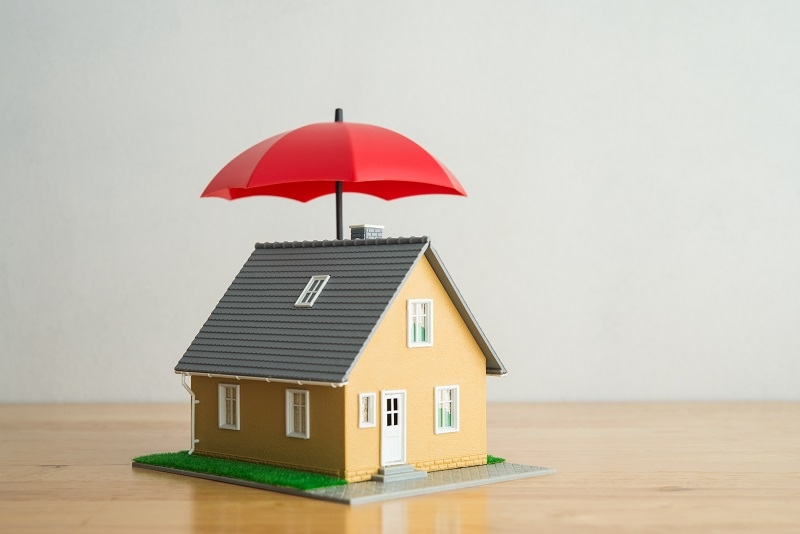
Natural catastrophes come without warning and with ruthless force. Flooding and firestorms, hurricanes and blizzards—all of these and others bring not only physical destruction in their aftermath, but emotional and financial upheaval. As global warming accelerates the intensity and frequency of severe weather events, home owners today are confronted with greater threats than ever.
This is why natural disaster home insurance investment matters. You can't stop a disaster from occurring, but the right policy may be the key to avoiding a total loss and having a total recovery. This blog explores how to choose the correct type of insurance to protect your home from natural disasters. We also discuss the specific types of coverage like flood insurance, storm coverage, wildfire protection, and general climate-related protection, and a few disaster preparation tips.
Climate patterns are changing, and the evidence is irrefutable. Wildfires rage for extended seasons, floods ravage previously unexposed areas, and tropical storms are strengthening. For homeowners, this means emerging exposures. Regions previously classified as low-risk are now seeing catastrophic events that were previously rare.
Those moments, natural disaster house insurance isn't just a smart move—it's necessary. From water creeping into your basement to wildfire threatening your roof, insurance can safeguard your home, assets, and peace of mind.
Natural disaster home insurance is the term applied to policies or riders for coverage that covers the cost of damage caused by major natural events. The standard policy for a house will cover small natural disasters like hail or windstorms, but not others like floods or earthquakes.
To gain complete coverage, homeowners can customize their policies based on location, house value, and specific dangers. The idea is not to overpay for unlikely events, but not be caught unprepared in case they happen either.
Floods are one of the most common and costly natural disasters in the world. Most homeowners are surprised, though, that flood insurance is not a part of standard policies. No matter the cause--heavy rain, melting snow, burst levees, or ocean storm surges--floods can destroy foundations, furniture, appliances, and electrical systems.
If you live in a floodplain, your bank may require you to carry flood insurance. But even if you're not in a high-risk area, you're not in the clear. Climate variability means that flash flooding and extraordinary rainfall can occur anywhere.
Flood insurance may be available under the National Flood Insurance Program (NFIP) or through private companies. It usually insures both your home and personal property, depending on your policy. Don't wait until the storm hits—most policies take a while to go into effect.
Strong storms usually come with wind, hail, lightning, and even tornadoes. Storm coverage can be included in your home insurance based on where you live. Nevertheless, in coastal regions that are high-risk, you should anticipate restrictions, exclusions, or even different deductibles for wind damage.
If you reside in a drought-prone area or a wooded area, wildfires pose a dire risk. The loss caused by wildfires is quick and typically total, reducing homes to ash with little warning.

Climate change isn't altering the weather—it's revolutionizing the insurance industry. More carriers are now providing optional riders or specialized climate-oriented coverage plans. These new plans address growing risks such as extreme heatwaves, landslides, blizzards, and prolonged power outages resulting from natural events.
As global temperatures rise, climate insurance takes up the slack left by traditional policies. It can pay for mold from prolonged humidity, foundation cracks from droughts, or damage from excessive warmth.
To get a leg up, ask your insurer if climate-related coverage is available. Green rebuild endorsements exist with some carriers, which let you rebuild your house using energy-efficient materials and methods—a good idea for the planet and for your wallet.
Insurance is just half the battle. Taking preventative measures with disaster preparedness can reduce damage, speed up recovery, and keep your family safe. Take these essential steps every homeowner should make:
Evaluate Your Risks: Use government websites or hazard maps to assess the most probable natural disasters to strike your area. Your insurance coverage should reflect those risks.
Create a Home Inventory: Picture and record your belongings with receipts and store this data securely online or in a fireproof and waterproof safe. This can speed up insurance claims.
Protect Your Property: Fit sump pumps, backflow valves, storm shutters, or fire-resistant siding based on threats in your area. These upgrades can reduce premiums and minimize damage.
Develop an Emergency Plan: Every family needs a plan in place for responding to a disaster, including exit routes, gathering points, and phone numbers.
A majority of homeowners do not value the price of natural disasters until it is too late. If you lack the correct natural disaster home insurance, recovery can be a long and financially crippling process. The average flood claim, for instance, is tens of thousands of dollars. Wildfires can annihilate a home entirely, leaving you without shelter or possessions. For those in hurricane or tornado zones, uninsured losses can send families into debt or homelessness.
Being underinsured is equally dangerous. If your policy doesn't reflect the true replacement value of your house, you may find yourself with a payout that only covers part of the cost of rebuilding. Failing to include endorsements like flood protection, storm protection, or wildfire protection leaves dangerous holes in your safety net.
The premium expense might be burdensome in the short term, but the cost of recovery in the absence of coverage is far more so. Taking the payment for complete climate-driven coverage is the intelligent choice for every homeowner in this unpredictable world. During a catastrophe, your coverage must be the initial resource on your side—not another source of stress. Being adequately covered isn't simply an issue of adherence but of ensuring your future.
Don't be in a hurry. Take the time to shop for quotes, review your regional exposures, and call in experts if necessary. It's better to get into this with the tough questions now than to learn about holes in coverage when something bad happens.
Disasters never take a holiday, but with the right natural disaster home coverage, you don't have to go through the aftermath by yourself. Whether it is purchasing flood coverage in prone areas, opting for maximum storm coverage, wildfire coverage, or other climate-related coverage, the right policy is an assurance of your safety and peace of mind. Combine your insurance with good disaster planning, and you'll have a powerful shield against nature's worst. In uncertain times, protection isn't just a good idea—it's vital.
This content was created by AI